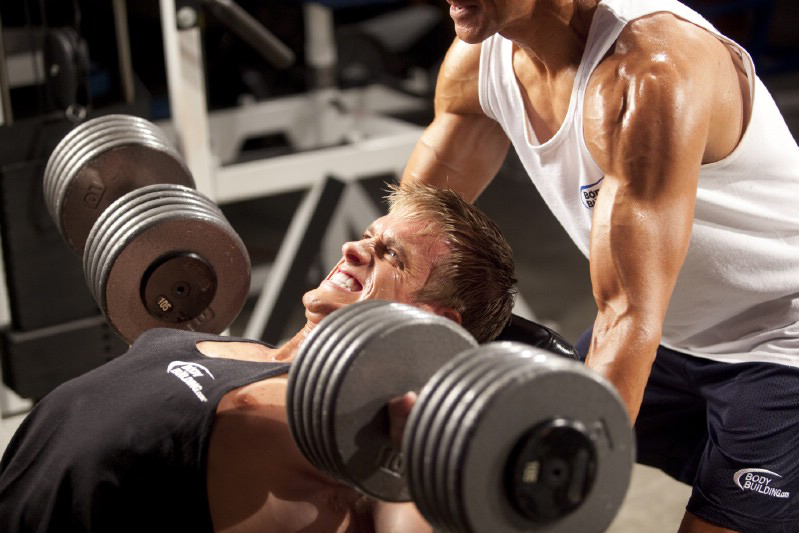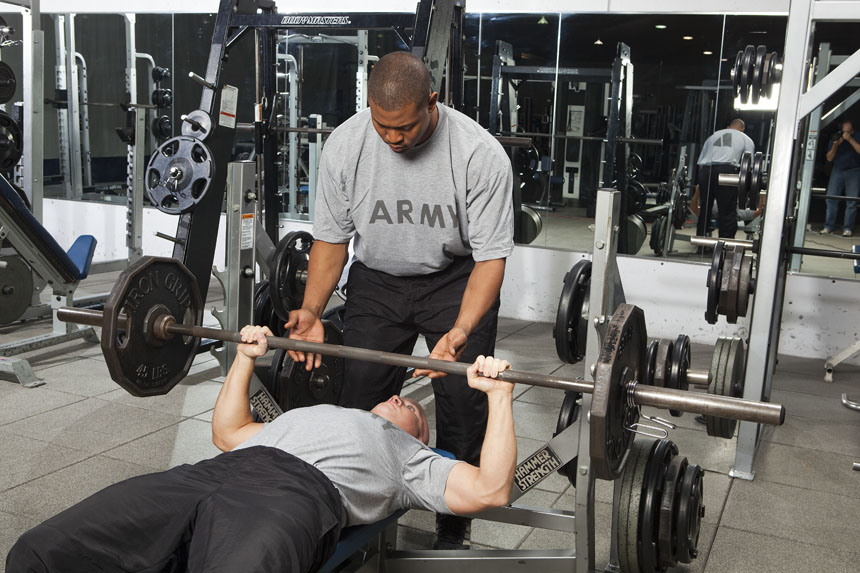How To Be a Better Weight Lifting Spotter

Lifting heavy weights in the gym is not an easy task, and it requires years of practice before you can start doing so.
However, even if you manage to become really good at what you do, it still requires a little bit of help in order for you to push yourself and start lifting a little extra weight.
Now in order for you to lift that extra weight, you are more than likely going to require the assistance of a spotter.
A spotters job is to make sure you are doing your work out right, and to help you lift weights by providing a little bit of a push when your body can’t help you out any longer.
More than often these spotters are gym partners, who aid each other and help one another in their time of need.
However, it is no easy job being a spotter and it requires having the knowledge of some basic information, in order to avoid ruining your partners set.
Instructions
-
1
Don’t touch the bar if it’s in motion
One of the most common mistakes that most people make, is when they touch the bar when it is in movement. They see their friends struggling and then go on and start helping out with the lift.
However, this is wrong and needs to be stopped. A spotter shouldn’t be touching or moving the bar until he sees the lifter come to dead stop. Helping other wise will ruin the whole set.
Image Courtesy: blogspot.com
-
2
Let the lifter lift most of the weight
These days one common mistake that occurs is when lifters and spotters divide the weight that they are lifting. This results in the lifter lifting just half the weight, while the spotter ends up lifting the other half.
This results in both parties lifting half the weight and hence only half the desired effects take place.
You need to focus on only helping the lifter when he can’t go on, and provide minimal assistance as opposed to lifting the weight for them. -
3
Focus on the bar
As a spotter your ultimate goal is to make sure you don’t drop the bar, or that the bar doesn't fall on the lifter. Hence you need to position yourself in a manner that requires you to reach the bar with ease, and lift the bar should the lifter no longer be able to do so.








